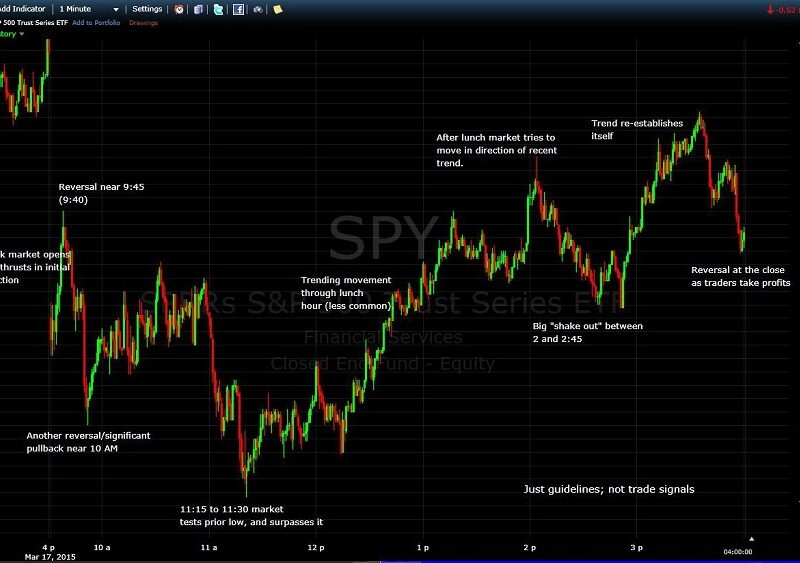In the ever-changing landscape of financial markets, traders and investors are continually exploring innovative approaches to capitalise on market fluctuations. While many participants traditionally focus on bullish strategies, it is equally crucial to be well-versed in strategies that thrive in bearish conditions. In today’s dynamic economic landscape, navigating the stock market requires a strategic approach and continuous monitoring. In this article, we will discuss five bearish futures and options trading strategies crafted to assist traders in profiting from declining markets.
5 Bearish Trading Strategies
Bearish trading strategies are designed to profit from a decline in the price of an asset. Here are five bearish trading strategies.
1. Short Selling
Short selling stands out as one of the most straightforward bearish strategies in financial markets. It entails selling an asset not owned by the trader with the anticipation that its price will decline, allowing for repurchase at a lower price. In the context of futures and options, short selling can be executed by selling a futures contract or writing a call option.
While providing a direct approach to profit from bearish movements, short selling comes with inherent risks, emphasising the importance of risk management. Vigilance and the implementation of stop-loss orders are essential to limit exposure to potentially unlimited losses.
2. Put Options
Put options emerge as a favoured instrument for traders aiming to profit from downward market movements while effectively managing risk. Purchasing a put option grants the holder the right, though not the obligation, to sell an asset at a predetermined price (strike price) before the option expires.
This strategy allows traders to benefit from falling prices without exposing themselves to unlimited risk. Put options are often employed as a hedging tool to protect existing long positions, with the caveat of factoring in the put option cost when calculating overall profitability.
3. Bear Put Spread
Many demat apps offer a user-friendly interface, allowing investors to seamlessly manage their portfolios, execute trades, and stay updated on market trends through the convenience of their mobile devices. The bear put spread, or put debit spread, represents a delicate options strategy involving the simultaneous purchase and sale of put options on the same underlying asset with identical expiration dates but different strike prices. This approach enables traders to capitalise on a downward market movement while limiting both potential profit and loss.
The trader buys a put option with a higher strike price and sells a put option with a lower strike price, aiming to profit from the underlying asset’s price decline. While capping potential profit, this strategy provides a more controlled risk-reward profile compared to outright short selling or purchasing a single put option.
4. Futures Short Straddle
The futures short straddle strategy aims to capitalise on high market volatility. It entails the sale of both a call option and a put option that share the same strike price and expiration date. This strategy is employed when anticipating significant price movement but uncertainty about the direction.
Profits result from the time decay of options premiums if the underlying asset’s price remains close to the strike price until expiration. However, substantial price movements can lead to significant potential losses. Active risk management, including the use of stop-loss orders or position adjustments, is crucial for traders implementing a short straddle.
5. The Bear Call Spread Strategy
The Bear Call Spread strategy involves the purchase and sale of a Call Option with the same underlying asset and expiration date but a lower strike price. When buying or selling a call option, a premium is involved. This approach significantly reduces your capital cost. As the potential return is confined to the difference between the premiums collected and paid, the strategy is relatively less risky.
In the context of options trading, for instance, if a trader anticipates a slight decline in the underlying asset’s price, they may employ this strategy. It is also known as the bear call credit spread because it results in a net credit when entering the transaction.
Conclusion
Effectively navigating bearish market conditions demands a diverse toolkit of tools and strategies. While short selling and put options offer direct paths to profit from falling prices, more sophisticated strategies like bear put spreads and futures short straddles provide risk management and volatility-based approaches. Additionally, inverse ETFs serve as a straightforward alternative for traders seeking inverse market exposure.
Understanding the complexities of the stock market requires a comprehensive knowledge of various instruments, and one key aspect is navigating the complexities of f&o (futures and options) trading. Moreover, staying informed about market conditions, economic indicators, and geopolitical events can enhance a trader’s ability to make well-informed decisions in the ever-evolving financial landscape.

